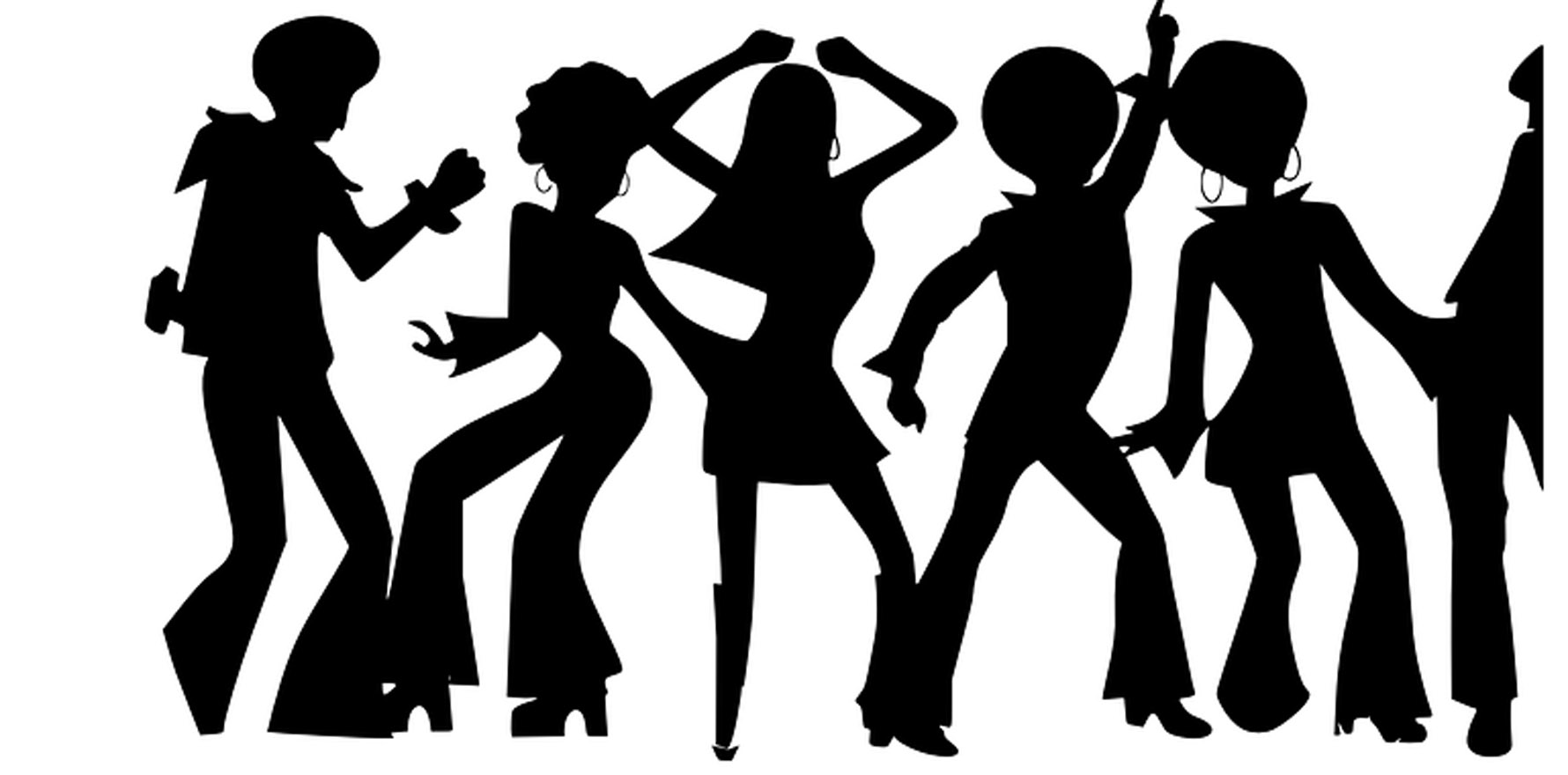Concerns are growing over about young people combining energy drinks with alcohol, a mix that enables them to stay up later and drink more booze
The popularity of high-caffeine, high-sugar energy drinks among young Australians is at staggeringly high levels, far beyond public awareness of safe limits.
Australian researchers report rising concern about young people combining energy drinks with alcohol, a mix that enables them to stay up later and drink more booze. They are also worried about energy drinks adding to patients’ anxiety problems.
Dr Amy Pennay, a research fellow at the La Trobe University’s Centre for Alcohol Policy Research, says the research highlights potential harms from the stimulant effects of energy drinks counteracting the sedative effects of alcohol.
“That’s a particular concern, if someone was going to end their night out but then has an energy drink which enables them to spark up and have another five drinks. Perhaps they are going to develop more alcohol problems than they would otherwise,” she told The Medical Republic.
Ambulance calls and emergency department presentations by people who have drunk too much caffeine were increasing, she said.
“People have died from drinking energy drinks – not a huge number, usually people with underlying heart conditions that they didn’t know about.”
Common effects of excessive caffeine intake are palpitations, insomnia, agitation and nausea, with users tending to report feeling unwell after about five energy drinks.
Consumers may be surprised to learn they’d breach the recommended daily limit if they drank more than two small 250ml cans of Red Bull, for example.
A survey of 3000 younger adults, mostly in the 18-24 age bracket, found 40% had combined alcohol and energy drinks in the preceding year, and were most likely to imbibe a cocktail – typically an energy drink plus vodka or another spirit – on a night out.
“When we interviewed people in the middle of a big night out, we found 15% had consumed energy drinks and alcohol on the night,” Dr Pennay said.
But there was very low awareness of the recommended safe-consumption level.
“We found people were exceeding that level on an average night out, let alone a big night out,” Dr Pennay said.
“The other thing is energy drinks are being sold in larger bottles at service stations and supermarkets. It’s quite common for tradespeople to buy those energy drinks at the service station. Perhaps they don’t know they’ve had the equivalent to eight cups of coffee.”
Dr Pennay said policy makers should think about prohibiting servings of energy drinks that were larger than a standard serving, so consumers knew how much caffeine they were consuming, and ensure advice about recommended consumption was available in licensed venues.
“We don’t want to seem alarmist,” she said, adding would be “fantastic” to if Australia followed England’s lead in banning the sale of energy drinks to minors.
“Young people have combined alcohol with stimulants, including illicit stimulants, for a long time. Young people want to stay out all night and enjoy the party. This is just another type of stimulant enabling people to drink more alcohol.”
The study, published in the Sax Institute’s latest issue of Public Health Research & Practice, also concluded that energy-drink consumption may be a useful indicator of risky substance abuse, and could help doctors identify potential alcohol or substance use in their patients.


